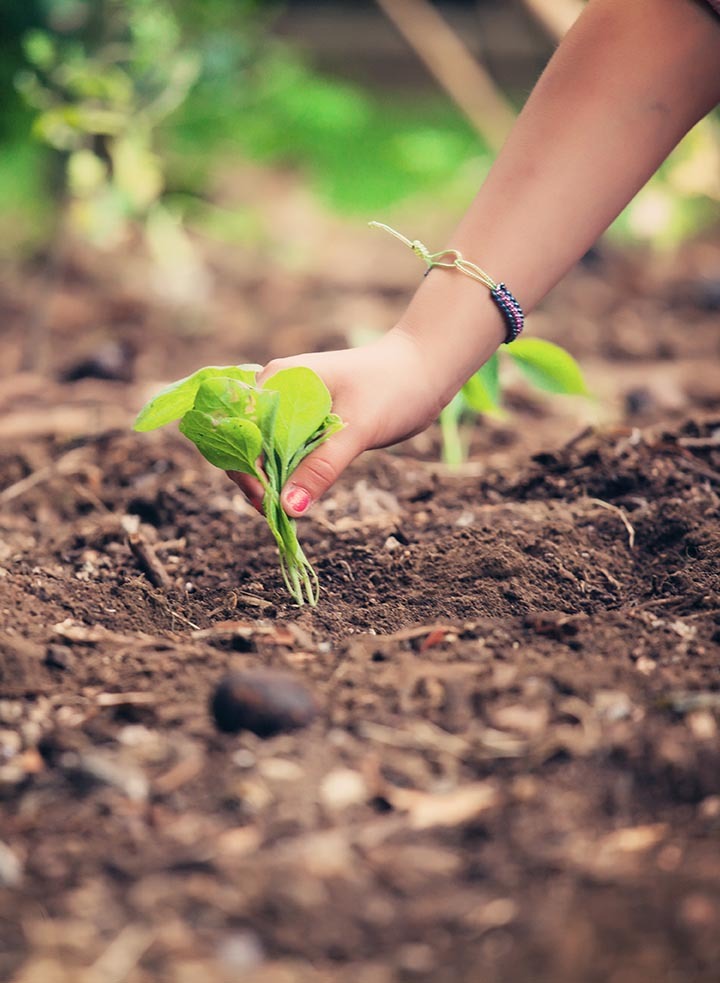Pro Taste
Pulses can feed the world (they mostly already do)
February 9, 2023

In honor of World Pulses Day, we want to share some information on this wonderful food. Pulses, which include chickpeas, lentils, and beans, as well as soya, peanuts and many others, are some of the most nutritious crops in Mother Nature’s pantry. Pulses are an inexpensive source of protein, vitamins, complex carbohydrates, and fiber, and are also highly beneficial for sustainable agricultural practices. Let’s dive into the wonderful world of pulses on their special day.
What are pulses?
Pulses are the edible seeds of plants in the legume family. A legume refers to any plant from the Fabaceae family, while a pulse is the edible seed from a legume plant (the terms legumes and pulses are sometimes used interchangeably, but they actually have different meanings).[1]Harvard (2022) Legumes and Pulses. Available at: https://www.hsph.harvard.edu/nutritionsource/legumes-pulses/ [13.01.2023] Common pulses include chickpeas, lentils, peas, and beans.
Legumes and pulses: great for our bodies and the soil
Pulses have been consumed for at least 10,000 years and are a nutritious core staple of most diets around the world. Pulses are an inexpensive source of protein, vitamins, complex carbohydrates, and fiber, as well as a significant source of vitamins and minerals, such as iron, zinc, folate, and magnesium.[2]Mudryj AN, Yu N, Aukema HM. Nutritional and health benefits of pulses. Appl Physiol Nutr Metab. 2014 Nov;39(11):1197-204. doi: 10.1139/apnm-2013-0557. Epub 2014 Jun 13. PMID: 25061763. In addition, the phytochemicals, saponins, and tannins in pulses possess antioxidant and anti-carcinogenic effects, indicating that pulses may have significant anti-cancer effects.[3]Mudryj AN, Yu N, Aukema HM. Nutritional and health benefits of pulses. Appl Physiol Nutr Metab. 2014 Nov;39(11):1197-204. doi: 10.1139/apnm-2013-0557. Epub 2014 Jun 13. PMID: 25061763.
Almost all national dietary guidelines around the world recommend the regular consumption of legumes and pulses.[4]Hughes J., Pearson E., Grafenauer S. (2022): Legumes—A Comprehensive Exploration of Global Food-Based Dietary Guidelines and Consumption. Nutrients 14, no. 15: 3080. … Continue reading These guidelines are governments’ recommendations for the composition of individuals’ diets. They serve as the framework for food, nutrition, health, and agriculture policies, as well as for programmes that foster healthy diets and lifestyles.
A Plant-Based Diet and the Positive Effects on Health
Vegan and vegetarian diets have the potential to prevent most modern lifestyle diseases, which is why an increasing number of doctors and health institutions promote plant-based nutrition.
In addition to their health benefits and multiple applications in cooking, pulses and legumes are also very useful for sustainable agricultural practices. It’s no wonder that three out of the four crops used in the EU-funded Smart Protein project are pulses. The Smart Protein project aims to explore the crop suitability and processing quality of fava beans, lentils, and chickpeas (in addition to quinoa, which is a pseudo grain) in seven representative pedo-climatic zones in Europe (Denmark, Ireland, Italy, the Netherlands, Poland, Portugal, and Spain), using organic regenerative farming systems. (Pedo-climatic zones are areas of relatively homogenous soil type and climate conditions.)[5]iSQAPER (2023): Pedoclimatic zones. Available at: https://www.isqaper-is.eu/key-words/pedoclimatic-zones [16.01.2023] Legumes are good candidates for regenerative organic agriculture as they produce a number of different compounds that feed soil microbes and benefit soil health. Additionally, after pulse crops are harvested, they leave behind nitrogen-rich crop residues that provide extra nutrients for the next crop that is grown.[6]Mudryj AN, Yu N, Aukema HM. Nutritional and health benefits of pulses. Appl Physiol Nutr Metab. 2014 Nov;39(11):1197-204. doi: 10.1139/apnm-2013-0557. Epub 2014 Jun 13. PMID: 25061763. With their nitrogen-fixing properties, they require less fertiliser, thereby helping to cut greenhouse gas emissions.[7]Stagnari, F., Maggio, A., Galieni, A. et al. Multiple benefits of legumes for agriculture sustainability: an overview. Chem. Biol. Technol. Agric. 4, 2 (2017). … Continue reading
On this World Pulses Day, let’s celebrate all the wonders of pulses and incorporate them more and more in our diets. Check out our delicious pulse-based recipes here, including vegan sin carne, paella with bell peppers, beans, and peas and healthy vegan chickpea fudge!
Vegan Recipes
Discover new plant-based recipes on our recipe database. Whether you are new to plant-based cooking, or you are looking for new inspiration – we have recipes for everybody.
References[+]
| ↑1 | Harvard (2022) Legumes and Pulses. Available at: https://www.hsph.harvard.edu/nutritionsource/legumes-pulses/ [13.01.2023] |
|---|---|
| ↑2, ↑3, ↑6 | Mudryj AN, Yu N, Aukema HM. Nutritional and health benefits of pulses. Appl Physiol Nutr Metab. 2014 Nov;39(11):1197-204. doi: 10.1139/apnm-2013-0557. Epub 2014 Jun 13. PMID: 25061763. |
| ↑4 | Hughes J., Pearson E., Grafenauer S. (2022): Legumes—A Comprehensive Exploration of Global Food-Based Dietary Guidelines and Consumption. Nutrients 14, no. 15: 3080. https://doi.org/10.3390/nu14153080 |
| ↑5 | iSQAPER (2023): Pedoclimatic zones. Available at: https://www.isqaper-is.eu/key-words/pedoclimatic-zones [16.01.2023] |
| ↑7 | Stagnari, F., Maggio, A., Galieni, A. et al. Multiple benefits of legumes for agriculture sustainability: an overview. Chem. Biol. Technol. Agric. 4, 2 (2017). https://doi.org/10.1186/s40538-016-0085-1 |

